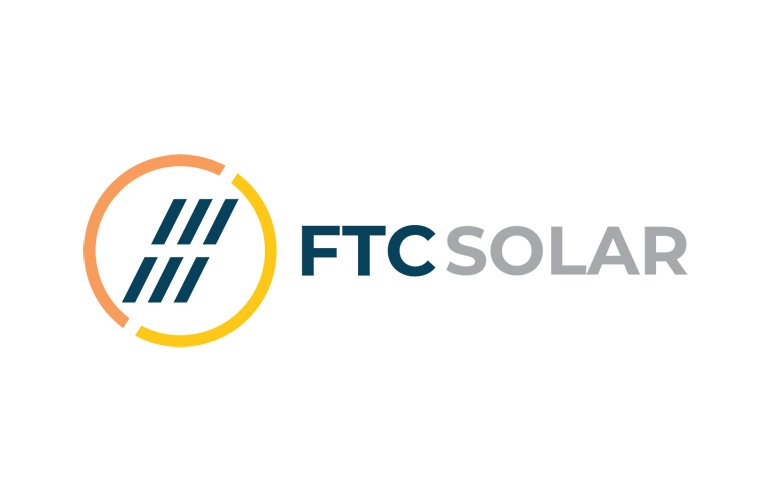FTC Solar Launches PioneerPlus High Wind Tracker for Extreme Conditions
Solar projects in hurricane-prone or high-altitude regions face a unique challenge: securing panels when wind speeds exceed 100 mph. FTC Solar’s solution – the Pioneer+ High Wind tracker – is an engineered upgrade to its 1P Pioneer model, capable of withstanding gusts up to 150 mph. This innovation is particularly relevant for industrial solar adoption in harsh environments.
Wind Resistance Goes Beyond Coastal Concerns
While hurricanes dominate headlines, midwestern tornadoes and mountain turbulence also threaten solar infrastructure. Standard trackers often fail at sustained 90+ mph winds, causing downtime and damage. The Pioneer+ features reinforced torque tubes and a rigid frame, incorporating bridge engineering principles. Solar resilience is increasingly critical as seen in Germany’s solar integration projects.
Engineering Breakthroughs Behind the Design
FTC achieved a 20% increase in structural rigidity without significant cost jumps. Their computational fluid dynamics analysis optimized the design – reducing parts while enhancing bracing. For developers, this means reduced operational risks during extreme weather events. The tracker remains compatible with advanced bifacial modules and maintains sun-tracking precision.
Installation Efficiency Meets Durability
Remarkably, FTC claims installation matches the speed of standard Pioneer models. Standardized bolt patterns and simplified wiring streamline assembly – crucial amid labor shortages and tight project timelines. Field tests show crews installing 500 kW daily, setting new benchmarks for solar project execution.
Long-Term Value in High-Risk Zones
While upfront costs may seem high, Pioneer+ promises 15-30% lower O&M expenses in windy areas according to FTC data. Combined with tax incentives, this makes challenging sites financially viable – potentially expanding solar to locations like coastal Florida that were previously considered too risky.
The Future of Resilient Renewable Energy
As climate change intensifies, solar infrastructure must outlast warranty periods. FTC joins companies like Nextracker and Array in developing weather-hardened solutions, marking an industry shift toward climate-resilient renewable tech. This evolution suggests a future where solar arrays may outlast adjacent grid infrastructure.






